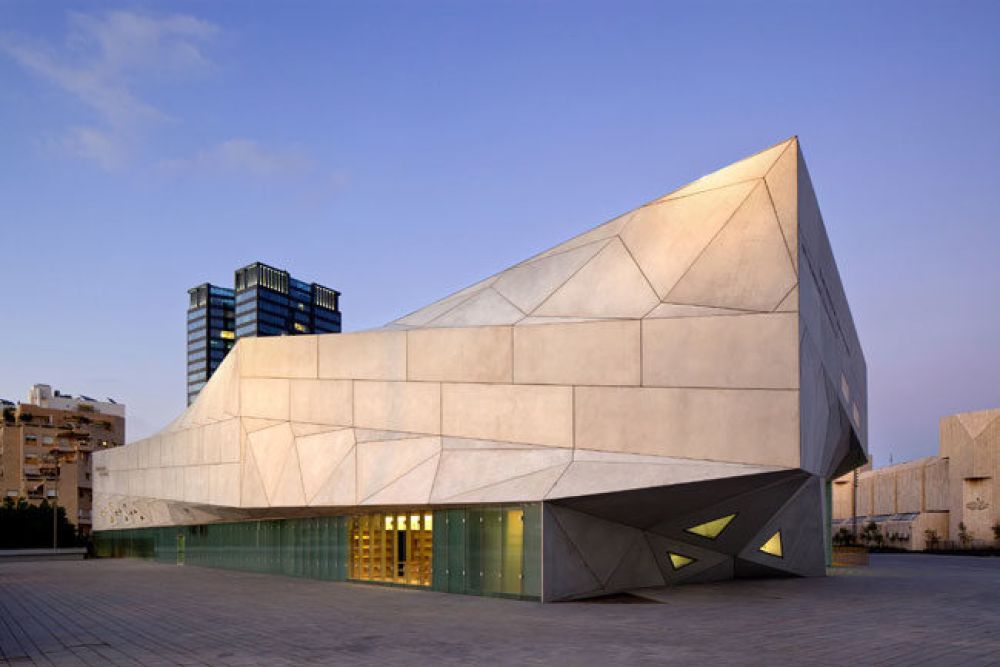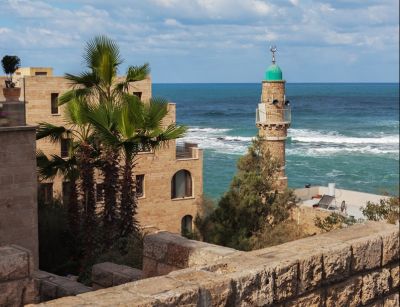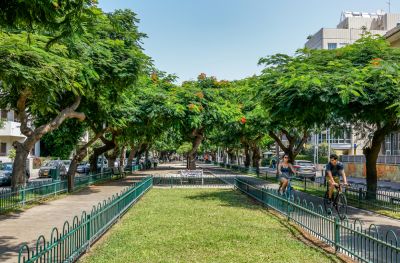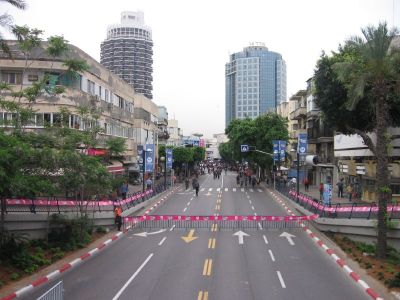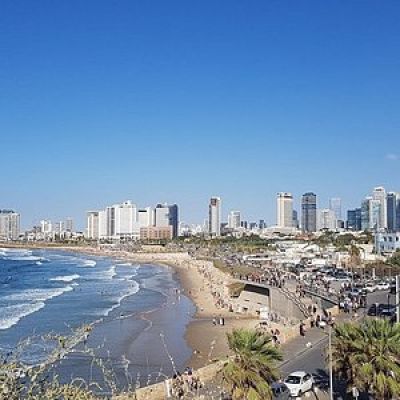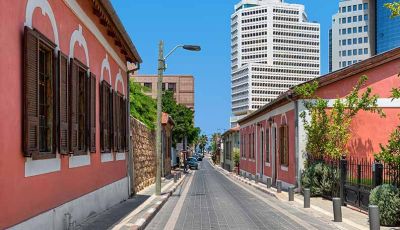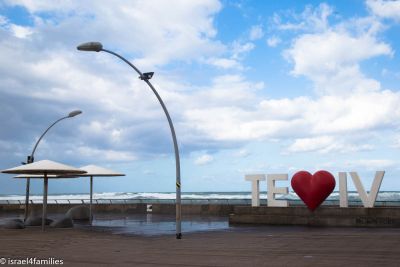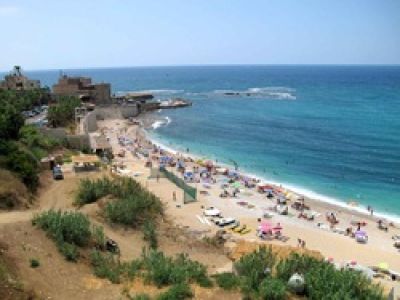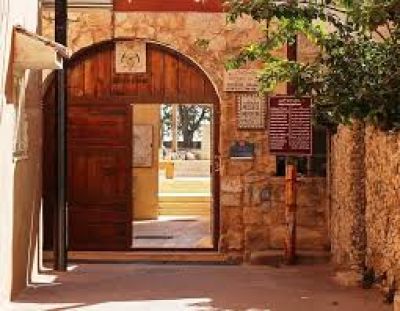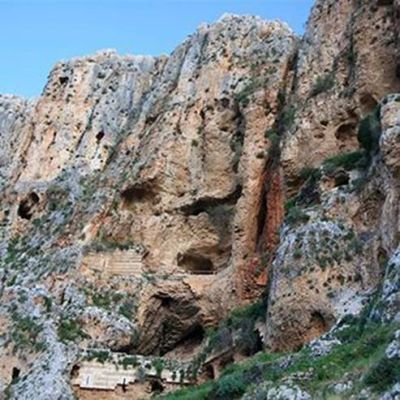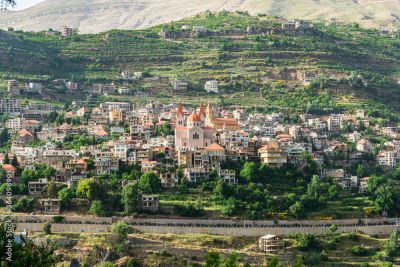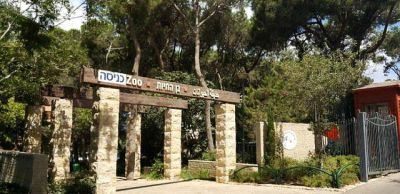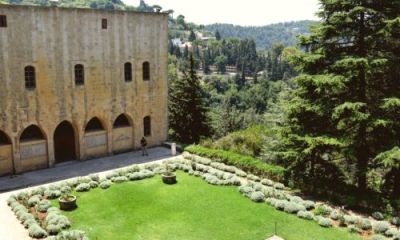History of Tel Aviv Museum of Art
The Tel Aviv Museum of Art has a rich history that dates back to 1932. It was originally established by the Tel Aviv's first mayor, Meir Dizengoff, in his own private residence on Rothschild Boulevard. The museum's humble beginnings in Dizengoff’s home included a few dozen pieces, but it has since grown to become one of Israel's preeminent cultural institutions.
In 1971, the museum moved to its current location on King Saul Avenue. A significant expansion called the Herta and Paul Amir Building was later completed in 2011, which further solidified the museum's status as an architectural and cultural landmark. This recent addition was designed by Preston Scott Cohen and includes a dramatic atrium that allows natural light to filter in, creating a mesmerizing experience for visitors as they explore the vast collections.
Attractions and Collections
Visitors to the museum can enjoy an extensive range of collections including modern and contemporary art, Israeli art, photography, and design. The museum also boasts prized pieces from the 16th through 19th centuries, emphasizing a diverse and international narrative within the art world. Notable artists on display include Vincent van Gogh, Jackson Pollock, and Pablo Picasso, among other masters.
Holistic Experience
Beyond the visual arts, the museum engages its audience through a rich array of cultural offerings, including music performances, film screenings, and educational programs. This holistic approach to culture and art makes it a vital hub for tourists and locals alike.
